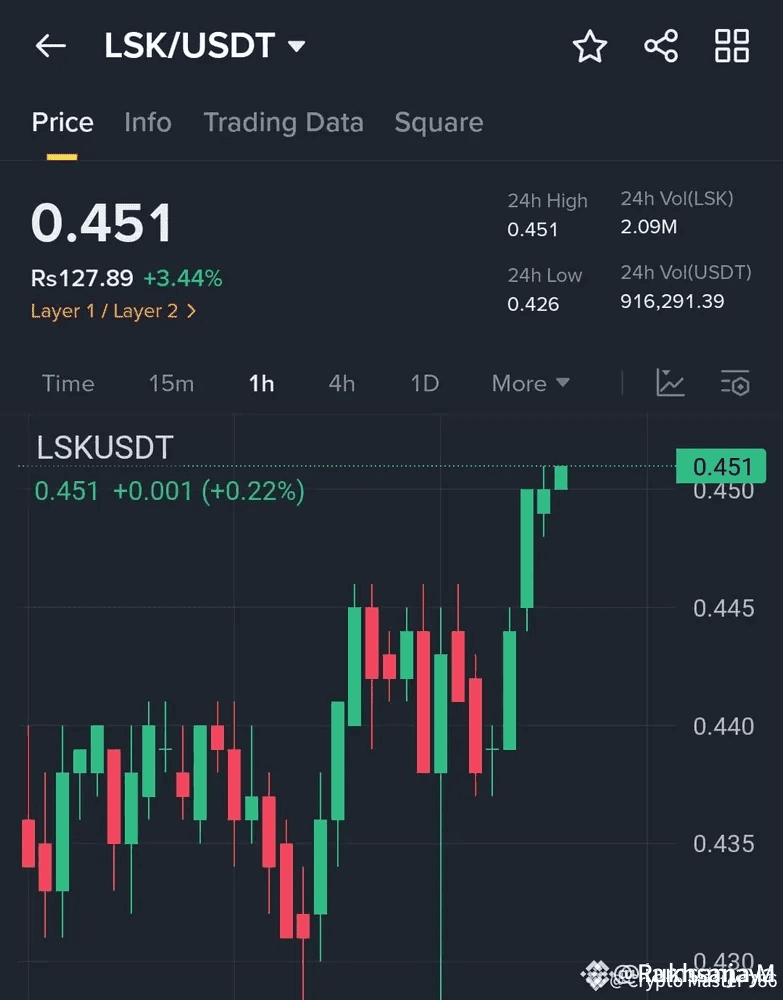The White House, under the Trump administration, has released a comprehensive report outlining its strategy to position the United States as a global leader in digital asset markets, aiming to usher in a "Golden Age of Crypto." This detailed 166-page document, developed by the President’s Working Group on Digital Asset Markets, provides a roadmap for regulatory and legislative actions to foster innovation, protect consumers, and strengthen the U.S. dollar in the digital age.
The report, stemming from President Trump’s Executive Order 14178, "Strengthening American Leadership in Digital Financial Technology," reflects a significant shift from previous administrations, embracing a pro-innovation mindset toward digital assets and blockchain technologies.[1] [2] [4] Key members of the working group include Treasury Secretary Scott Bessent, Commerce Secretary Howard Lutnick, and SEC Chair Paul Atkins.

Key Recommendations and Policy Areas
The Working Group's recommendations span several critical areas:
Regulatory Clarity and Market Structure
The report emphasizes the need for a fit-for-purpose market structure framework to support growth and innovation. It recommends that Congress build on the bipartisan House vote for the CLARITY Act by enacting legislation that provides the Commodity Futures Trading Commission (CFTC) with authority to oversee spot markets for non-security digital assets, thereby eliminating existing regulatory gaps. Furthermore, it encourages the Securities and Exchange Commission (SEC) and CFTC to use their existing authorities to immediately enable federal-level digital asset trading by providing clarity on issues such as registration, custody, trading, and recordkeeping. The report also advocates for the use of tools like safe harbors and regulatory sandboxes to allow innovative financial products to reach consumers without bureaucratic delays.
Modernizing Bank Regulation
The administration aims to end regulatory efforts that have historically denied banking services to the digital assets industry, often referred to as "Operation Choke Point 2.0."The Working Group recommends that regulators clarify permissible bank activities in custody, tokenization, stablecoin issuance, and the use of blockchains. It also seeks to promote transparency in obtaining bank charters and Reserve Bank master accounts, and ensure that bank capital rules align with the actual risks of digital assets.
Strengthening the U.S. Dollar and Stablecoins
A significant focus of the report is on the widespread adoption of dollar-backed stablecoins to modernize payments infrastructure. On July 18, 2025, President Trump signed the GENIUS Act into law, creating the first-ever federal regulatory framework for stablecoins, mandating they be fully backed by $U.S. dollars or equivalent liquid assets. The Working Group recommends that Treasury and banking agencies expeditiously implement this act. Additionally, it urges Congress to pass the Anti-CBDC Surveillance State Act to codify the provisions of the President’s Executive Order banning Central Bank Digital Currencies $(CBDCs) in the United States, protecting privacy and civil liberties.
Combating Illicit Finance
To ensure financial innovation while protecting national security, the report calls for modernizing anti-money laundering (AML) rules.[1] It recommends that Treasury and regulators provide clarity regarding Bank Secrecy Act (BSA) obligations and reporting. Congress is urged to reinforce the importance of self-custody and clarify AML/CFT obligations for decentralized finance (DeFi) actors. The report also stresses the need to prevent the misuse of authorities to target lawful activities and protect citizens' privacy.
Fair and Predictable Taxation
The Working Group seeks to align tax rules with new technologies and reduce compliance hurdles for digital asset activities. It recommends that Treasury and the IRS publish guidance on topics like Corporate Alternative Minimum Tax (CAMT), wrapping transactions, and de minimis receipts of digital assets. They are also advised to review previously issued guidance on mining and staking. Congress is encouraged to enact legislation that treats digital assets as a new asset class, subject to modified tax rules similar to securities or commodities, and to add digital assets to the list of assets subject to wash sale rules.
Omission of Strategic Bitcoin Reserve
Notably, despite President Trump's earlier executive order proposing a strategic Bitcoin reserve and digital asset stockpile, the newly released fact sheet makes no explicit mention of such initiatives. While a White House official confirmed that plans for a Bitcoin Reserve and Crypto Stockpile, potentially sourced from lawfully seized assets, are still underway, the report primarily focuses on the regulatory framework. This marks a shift from prior proposals, emphasizing regulatory clarity over direct government acquisition of digital assets.
Broader Context and Future Outlook
This report is seen as a fulfillment of President Trump's campaign promises to make America the "crypto capital of the world." It represents a significant departure from the previous administration's approach, which saw increased enforcement actions against crypto companies. While the report is hailed as the "most comprehensive product that’s ever been produced in regards to digital assets," the White House's work is just beginning as Congress debates ambitious bills and federal agencies deliberate on policing the sector. The document is expected to serve as a "regulatory Bible," guiding federal policy for the coming years.


